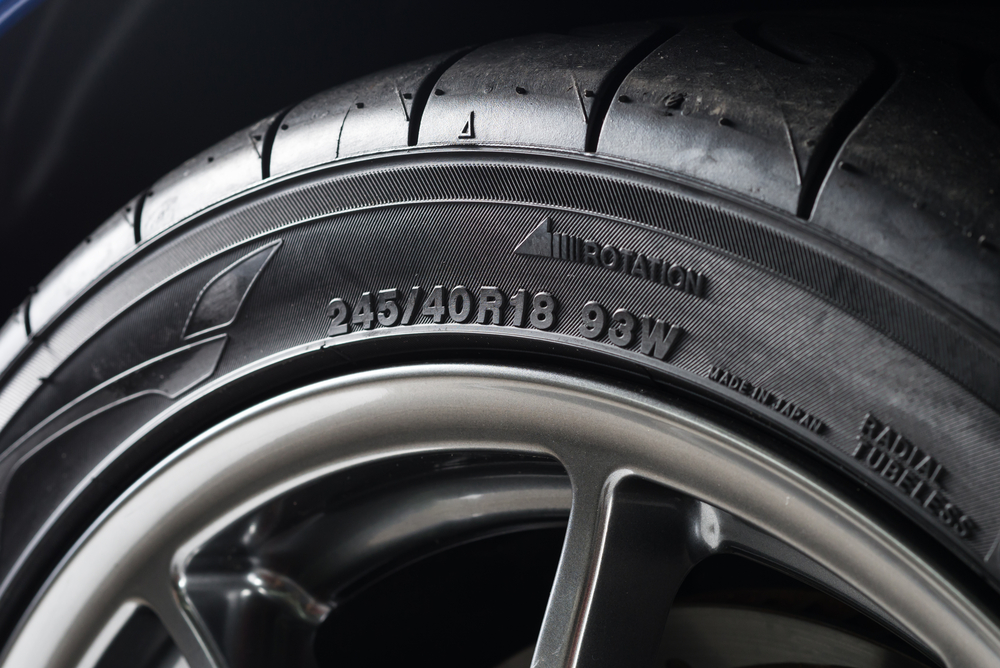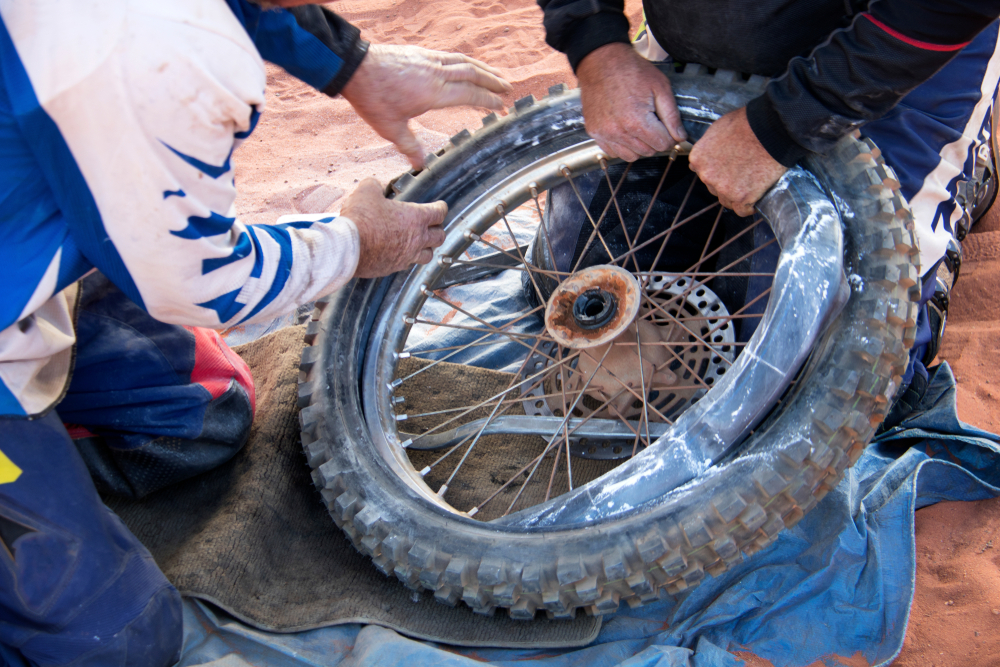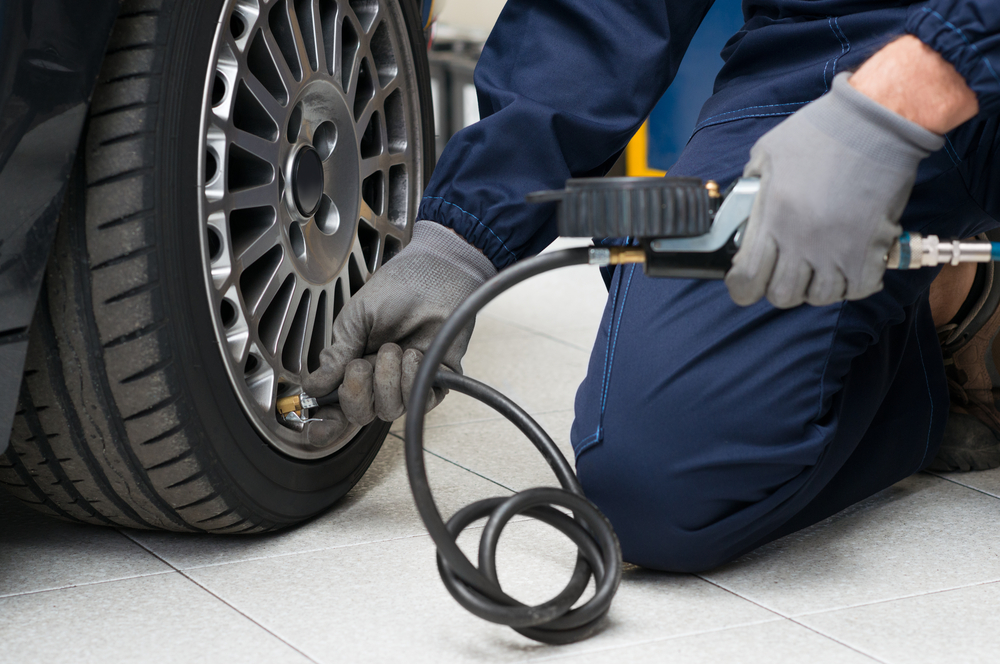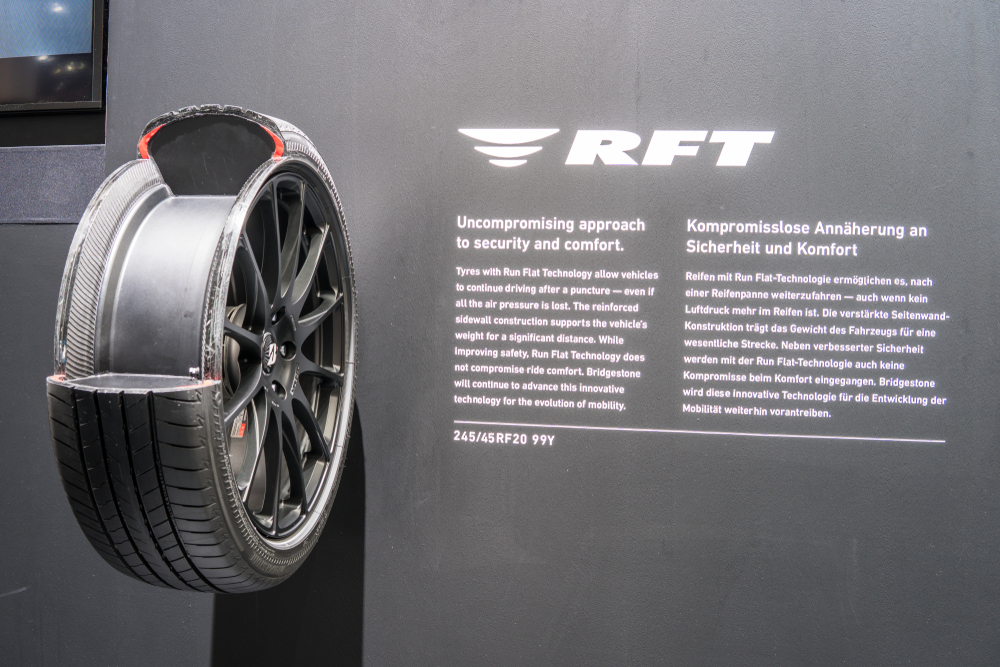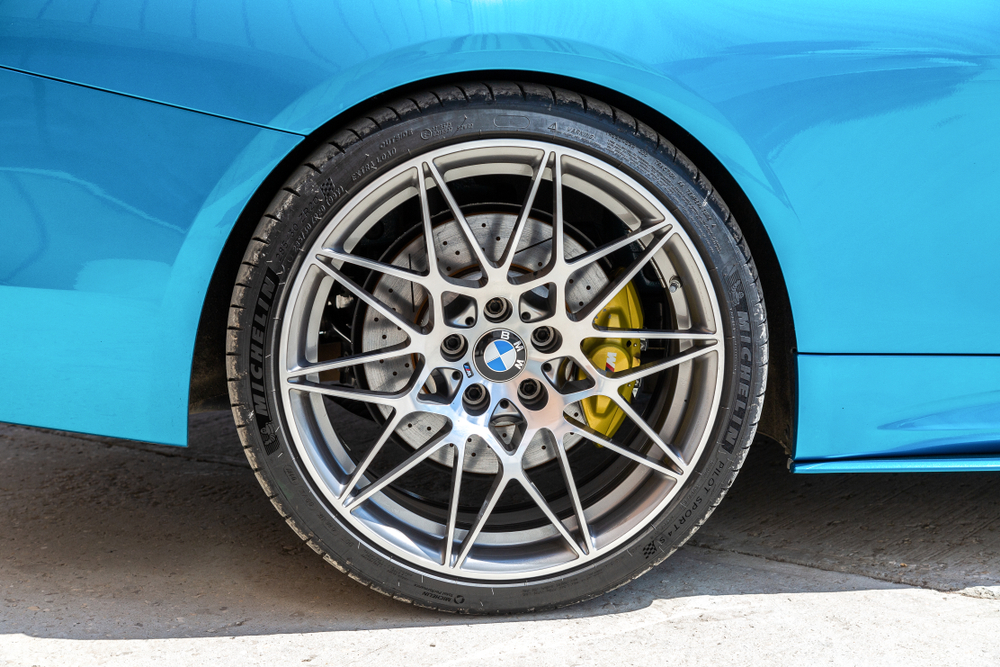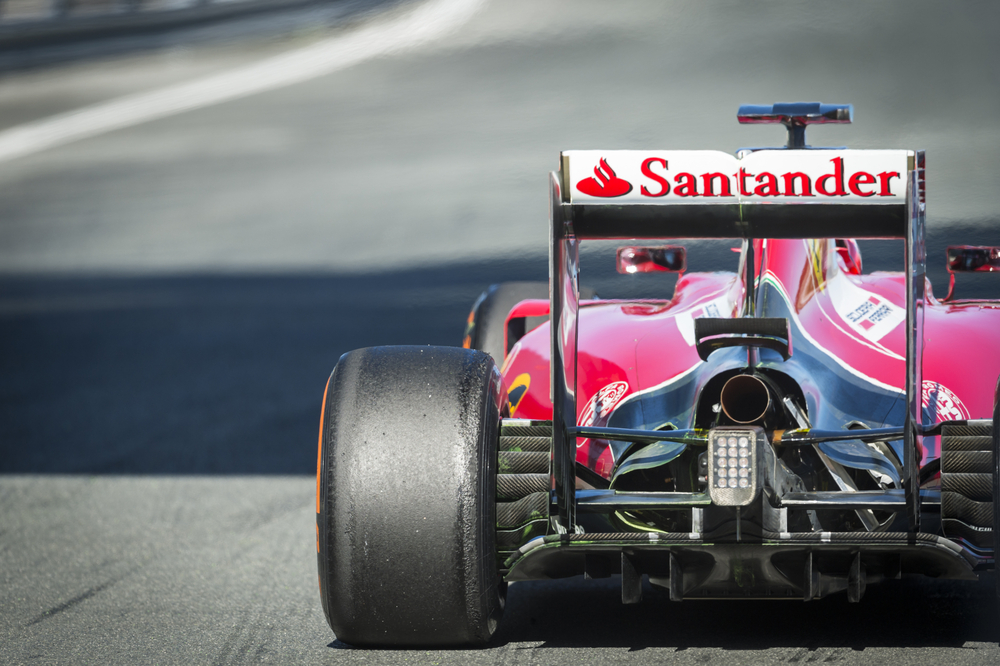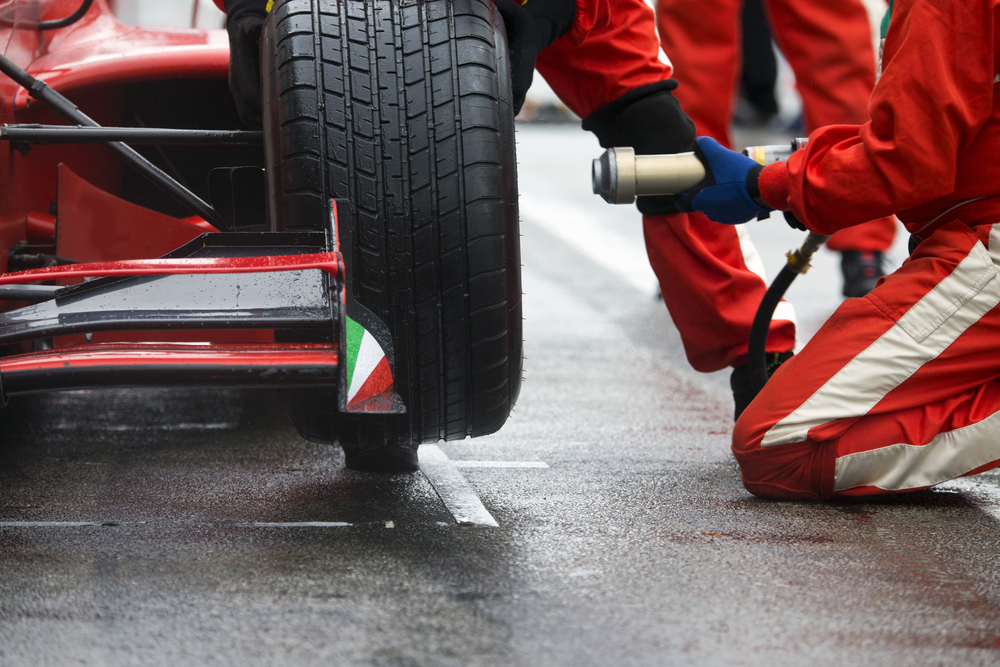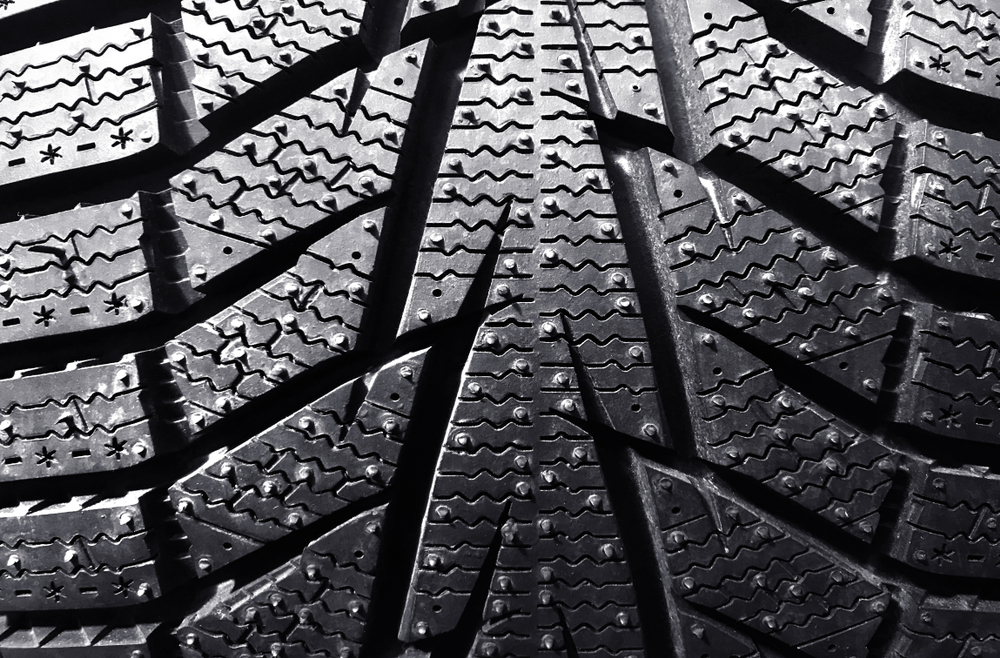Table of Contents (click to expand)
The alphanumeric inscriptions on the tire sidewall contain a lot of information pertaining to their construction, time of manufacture and usage.
Tires are often the most neglected parts of any vehicle. The attention paid to their upkeep is often disproportionate to the abuse to which they are regularly subjected.
A wide variety of tires are available to suit different purposes. Without good tires, all the extreme engineering that goes into the car counts for nothing. Even so, there was a time when tires as we know them didn’t exist. The first human-made transportation, namely carts and chariots, ran on wooden wheels. These wheels were bound in leather or iron straps to prevent them from rapidly deteriorating.
However, they resulted in prolonged and uncomfortable rides, as there was no cushioning against surface obstacles. With the development of rubber compounds, the trend shifted towards the use of solid rubber tires. These tires were very bulky, and the effort required to move them quickly negated what little comfort they provided.
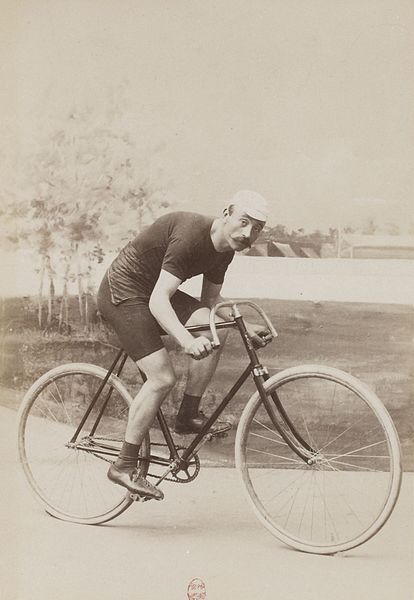
One evening, a gentleman called Dunlop, fed up with watching his little son struggle with a bicycle, pasted a hose made of rubber sheets along the wheel’s circumference and filled it with air from a football pump. Air, being compressible, easily conformed to the contours of the roads, while the lightness of the tires made movement very easy. Thus, the first pneumatic tire was born. Dunlop would later go on to start his own tire manufacturing company, which still has a prestigious position in international markets.
Construction Of Tires
While the first tire might have been little more than a hose filled with air, modern-day tire technology has come a long way. The employment of superior manufacturing techniques and rubber compounds ensures the longevity and resilience of tires when it comes to the potential damage inflicted by the road.

- Tread: This refers to the outermost covering of the tires that comes in direct contact with the ground. The tread is composed of rubber compounds that enable the tire to grip the road surface; it has cutaways on its surface that allow for the expansion of rubber, while also channeling water away when driving in wet conditions.
- Sidewall: The sidewall or the face of the tire is composed of a flexible rubber that is chemically engineered to withstand cuts and cracks. The sidewall is responsible for cushioning the tire fabric underneath, while flexing and compressing according to the contours of the road.
- Bead: The bead refers to a belt of steel running along the edge of the tyre. Upon inflation, this bead tightly fits into the inner wall of the rim to prevent air from leaking.
- Tire fabric (ply): The primary source of structure and strength for the tyre is its ply. It is composed of multiple layers of a weave of nylon cords set in a criss-cross pattern at an angle of 30 degrees to the bead. Tires that use nylon fabric are cross (bias ply) tires. However, there is another type of ply that consists of a single layer of steel cords set perpendicular to the bead. These tires are called radial-ply tires and display superior load-bearing characteristics and high-speed performance in comparison to cross-ply tires.
- Carcass: The ply is coated with layers of rubber to protect it from damage due to the flexing and compression of tires. This layer of rubber coating forms the carcass and is responsible for making a semi-rigid frame for the air to fill in.
- Liner: Modern-day tires are directly filled with air, rather than utilizing a tube. To prevent air from leaking out, an impervious layer of rubber is lined under the carcass.
Deciphering The Numbers On Tire Walls
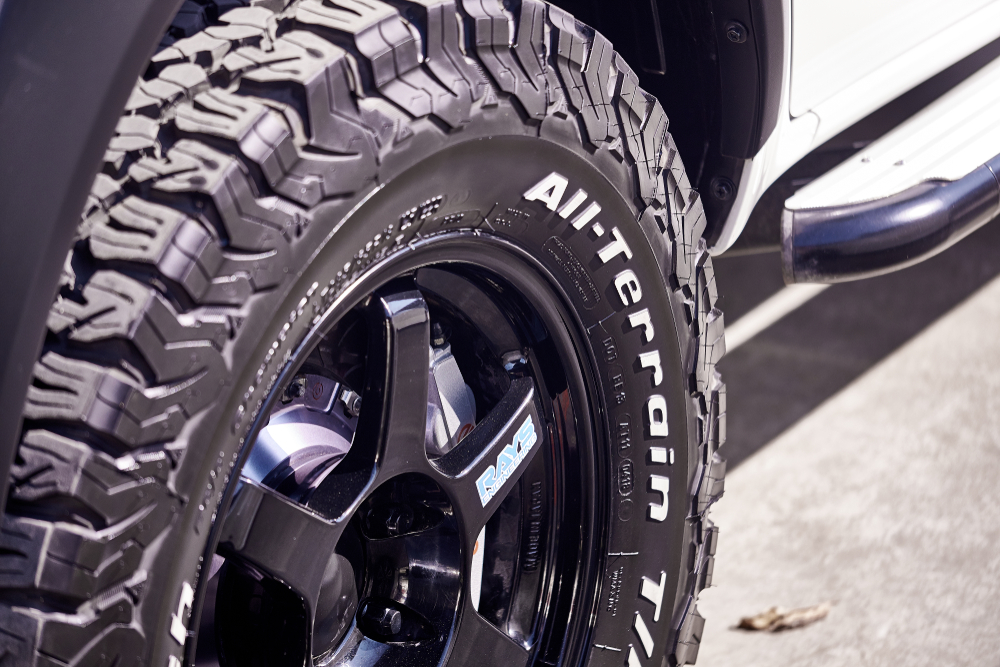
If you happen to closely look at the visible face of the tire, you might find alphanumeric codes on them. While they may outwardly seem meaningless, they carry a great deal of information. Let’s illustrate the meaning of each with suitable examples.
-
Dimensional Information (245/40 R18 93W)

Tire dimension codes (Photo Credit : Bhakpong/ Shutterstock)
- 245 – Tire width from sidewall to sidewall (measured in mm)
- 40 – Ratio of the sidewall height to tire width
- R – Radial construction
- 18 – Outer circumference of the wheel rim (measured in inches)
- 93 – Load rating or the maximum load that can be borne by the tire (refers to a load in kg on a chart), here equivalent to 650 kg
- W – Speed rating or the maximum speed the tire can attain (refers to a speed in km/h on a chart), here equivalent to 270 km/h
Manufacturing Information (DOT R8D4 8MJR 1913)

- DOT – Department of transportation
- R8 – The code of the factory where the tire was manufactured
- D4 – Dimension code
- 8MJR – Optional code
- 1913 – The first two digits indicate the week, while the latter two indicate the year. In this case, the 19th week of 2013.
Miscellaneous Information

- Treadwear Grade – Usually a three-digit number that states how much a tire tread lasts. However, this can be slightly misleading, as this number is relative and not absolute. For example, treadwear with grade 200 lasts two times longer than a tread with grade 100 and so on.
- Traction Grade – A rating of how well a tire performs on wet asphalt and concrete. They are denoted by letters AA, A, B and C, with AA being the best.
- Temperature Grade – This denotes how well a tire can dissipate heat at high speeds. It is denoted by a rank of A, B and C, with A being the best.
Also Read: Why Are Tires Black?
Types Of Tires
Due to their inherent mechanical properties, radial tires are the most popular form of construction. Different applications result in varied classifications, but below is a list of commonly found tire types:
-
Tube Tires
Wheels with tube tires consist of an inflatable rubber bladder, or tube, that is set into the recess before mounting the wheel on the frame. Tubeless tires deflate immediately in the case of a puncture, and while they are initially cheaper, they are costlier to repair. Tube tires are commonly found in bicycles and mopeds.

Tires with tubes consist of an inflatable rubber bladder (Photo Credit : Wendy Eriksson/ Shutterstock) -
Tubeless Tires
As the name suggests, air is pumped directly into the tire in a rubber tube, causing the bead to push against the rim of the wheel, effectively sealing it in place. Any puncture in a tubeless tire does not result in immediate deflation, making them useful for higher load-bearing applications, such as in motorcycles, cars and trucks.

Air is pumped directly into the tyre of a tubeless tyre (Photo Credit : Rido/ Shutterstock) -
Run-flat Tires
Run-flat tires are designed to support the weight of a car at reduced speeds (under 100 km/h) for long distances (50-100 km) in the event of a blowout. They contain special compounds that release when deflation is detected and seal the rupture, whether temporarily or permanently. Other versions may include solid rubber or foam support. These tires are usually only available on luxury vehicles.

Run-flat tires may include foam support that allows them to function even when punctured (Photo Credit : Grzegorz Czapski/ Shutterstock) -
Low Profile Tires
Tires with a low aspect ratio (height of the tire sidewall as a percentage of the width of the tyre) are known as low profile tires. Generally, tires with an aspect ratio of 50 or less classify as low profile tires. This variety handles better than conventional tires, especially during sudden braking or when taking sharp turns. However, the chances of wheel damage is higher, as the sleek sidewall does not provide much cushioning against challenging terrain.

Low profile tires have a shorter sidewall and therefore a smaller aspect ratio (Photo Credit : FotograFFF/ Shutterstock) -
Racing Slicks
Traction is of primary importance for motorsports like Formula 1. Special purpose tires devoid of tread are manufactured from rubber compounds that impart more grip. The elimination of this tread results in a larger area of contact, thus improving traction. One drawback of racing slicks is that they cannot be used in wet conditions.

Motorsport wheels are devoid of tread for greater traction at high speeds (Photo Credit : MrSegui/ Shutterstock) -
Wet Tires
When racing in wet conditions, a balance must be struck between grip and water displacement. Thus, wider tires with tread are used to compensate for the loss of grip, while effectively channeling water outwards from under the wheels.

Wet racing tires include tread to displace water (Photo Credit : Corepics VOF/ Shutterstock) -
Winter Tires
These tires are different from regular tires in that they have a deeper and wider tread. These are primarily used in snowy conditions. Some tires also incorporate steel studs and winter chains to more safely maneuver through snow.

Winter tires incorporate studs to help them navigate through snow (Photo Credit : Varavin88/ Shutterstock)
Also Read: Why Do We Fill Up Tires With Air?
When Should Tires Be Replaced?
While there is no single correct answer to this question, factors like driving skills, wheel alignment, road conditions, periodic tire inspection and care will all have a significant impact on tire life. Manufacturers often rate the life of their tires in a range of 40,000 km to 60,000 km. Modern tires are also equipped with rubber markers called tread wear indicators between the treads. As a tire wears out, these markers sit flush with the remaining tread, indicating the need for replacement.
However, tire repair and replacement is dictated by far more comprehensive terms. There are certain precautions that we, as drivers, should take:
- Tires should be inspected for tread wear (1.6 mm being the legal minimum).
- A thorough inspection should be part of a tire’s routine maintenance after 5 years.
- After 10 years, tires should be changed, regardless of usage, as the rubber compound will begin to deteriorate.
- Tires with damaged sidewalls should be immediately replaced.
Innovation In Tire Technology
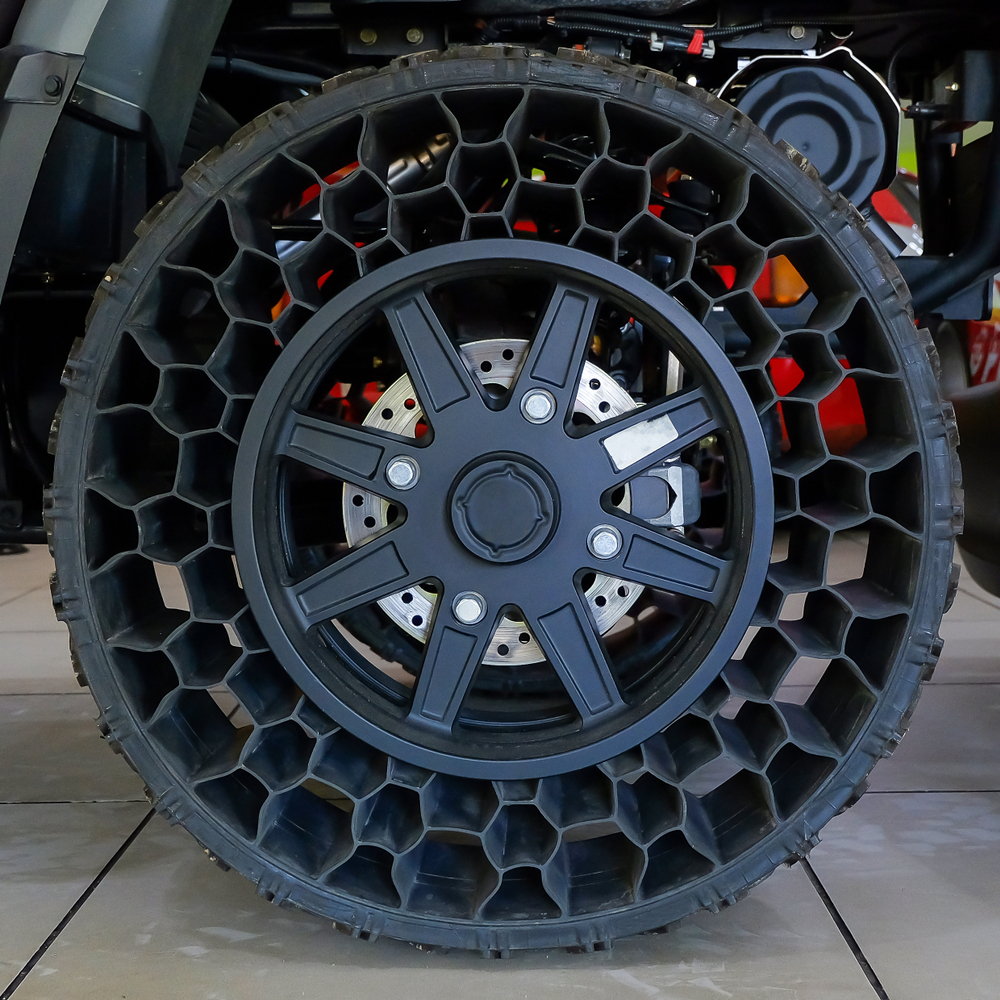
Recent advancements in tire technology have led to the development of airless tires, which feature a visible cross-section. This cross-section can either be in a honeycomb or ribbed pattern that is flexible to emulate the behavior of air. The benefit of such a tire is that it is puncture-proof!
Airless tires are still in a nascent stage of development, meaning that it will still be a few years before we see them in mainstream production.
How well do you understand the article above!

References (click to expand)
- MICHELIN Uptis. michelinmedia.com
- MECHANICS OF PNEUMATIC TIRES. Linköping University
- Dunlop tyre - National Museums Scotland. National Museums Scotland
- Science of Cycling: Bicycle Tires - Exploratorium. The Exploratorium
- Pacejka, H.,& Besselink, I. J. M. (2012). Tire and Vehicle Dynamics. Butterworth-Heinemann
- William F. M. D. L. M. (1994). Race Car Vehicle Dynamics. SAE International

